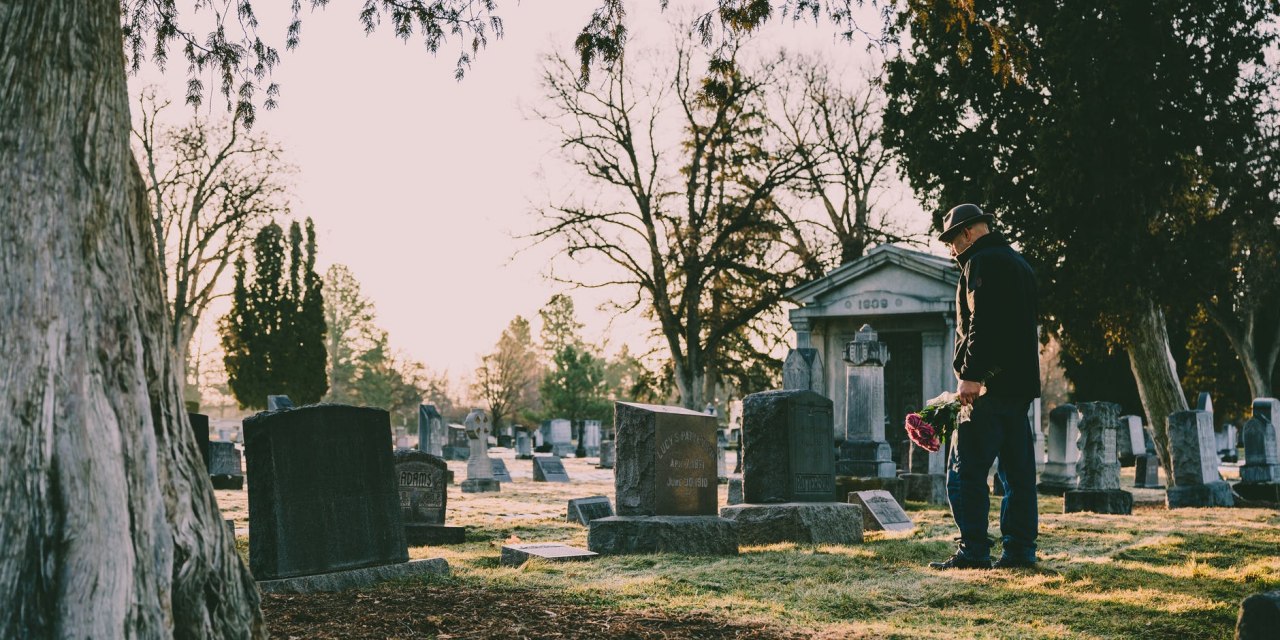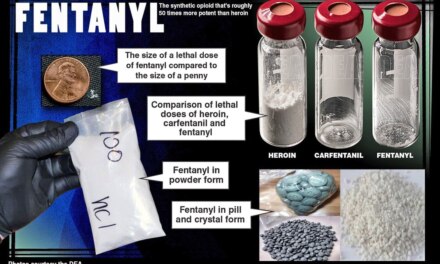The coronavirus pandemic may have grabbed most of the nation’s attention, but the opioid epidemic is still going strong. In fact, there are signs that it’s worsening.
A brief review of the three waves we’ve experienced to date:
- A first wave that grew out of liberalized prescribing practices for medical opioids during the 1990’s – by the end of the decade, the US was ‘drowning’ in overdose deaths.
- A second wave that began around 2010, and featured the reappearance of heroin as a major factor in the overdose rate. As prescription painkillers became less available, addicted users turned to illicit sources, where heroin was readily available.
- The third wave began in 2013, dominated by synthetic opioids, including black market-produced fentanyl. That wave is continuing.
Some experts have predicted a fourth wave, featuring fentanyl in combination with other addictive drugs, such as methamphetamine, cocaine, and benzodiazepine sedatives. The presence of fentanyl may be hidden from the user — who remains unaware of the risk that lies ahead.
By way of confirmation, a research team of scientists at Northwestern University made some predictions about how this ‘fourth wave’ would eventually manifest. Here’s a link to a summary of their findings:
Coming wave of opioid overdoses ‘will be worse than ever before’
In this scenario, fentanyl is in combination with a stimulant such as methamphetamine or cocaine. That isn’t good, because there is evidence that our primary tools for reversing opioid overdoses (and saving lives) appear not to work as well on such combinations, compared to their effectiveness with opioids alone.
I would interpret that as implying a greater percentage of failed attempts at rescue.
As a result, when it comes to overdose statistics, we may be looking at “…explosive exponential growth that is even larger than an already historic high.”
One important observation from the article, which I encourage everyone to read: what works in large urban areas can’t be guaranteed to work as well in rural settings.
I’ve witnessed that in my travels. Probably the major challenge faced by rural communities in addressing drug problems is simple lack of access to needed services.
It’s not uncommon for someone in our state, for instance, to find themselves having to travel fifty or a hundred miles to access inpatient detoxification or even methadone maintenance. The state’s simply too large, its population too spread out, to permit easy access.
Same challenge emerges when it comes to emergency services. How long does it take for an ambulance to reach an isolated village, in response to an emergency call about an overdose? We’ve done well to distribute naloxone widely enough that there’s still a chance of rescue. But if the opioid antagonist isn’t as effective as it needs to be, won’t the death toll reflect that?
I’m afraid the Northwestern researchers are right: The worst is yet to come. Wish it weren’t so.














I BELIEVE THE ‘WORST” IS HERE! THANK YOU FOR THIS ARTICLE AND SPREADING THE WORD OF HOW DANGEROUS THIS EPIDEMIC IS! I’VE BEEN DEALING WITH FAMILY MEMBERS AND THE CHILDREN OF MY FRIENDS WHO HAVE OVERDOSED AND THE DEATH OF SOME AS A RESULT. THE “NEW” WAVE OF DRUGS ARE TAKING LIVES IN A FAST/FURIOUS RATE. AND TRUST ME THESE DRUGS COMING FROM THE BORDER STARTED BACK IN THE LATE 70’S AND EARLY 80’S. LONG BEFORE PRESIDENT BIDEN. I’M JUST SAYING. THE “NEW” BATCHES LOOK LIKE CANDY AND AS A RESULT, MORE CHILDREN ARE TARGETED. WE NEED TO DO MORE STOP THIS AT THE BORDER AND NOT WAIT UNTIL IT COMES IN AND IT’S TOO LATE BEFPRE KILLING MORE OF OUR KIDS!
RESPECTFULLY,
DENYCE ELLIS
EANDER, TEXAS